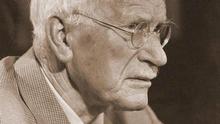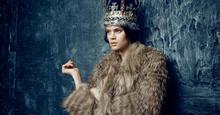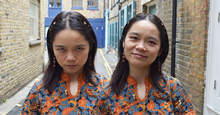Pandora’s Hope: An Archetypal Reading
Most of us know the myth of Pandora, and the forbidden box she opened that unleashed the evils into the world due to her curiosity. The name Pandora translates to all-gifted or all giving; in addition to curiosity, she was bestowed with other charms such as beauty, creativity, intellect, desire and a cunning mind. But it is her curiosity that led her to open the box. At the bottom of the box was one gift that did not get released before Pandora put the lid back on: Hope.
All content is released into the world, but not Hope. What might this mean? In one way, this detail of Pandora’s story points to the complementary archetypal pair of the Idealist and the Realist. The Realist archetype represents the miseries in the box. Not that Realist represents evil, it does not and none of the archetypal characters do, but this archetypal narrative represents confronting the reality of suffering, hardship, and limits in life. Suffering, hardship, and limits are just facts of life; they exist. In fact, human life would not be human life without them. The strength of the Realist comes from not resisting these realities and because they do not resist, they can generate relationships and earn wisdom that buffers the impact of the inevitable suffering in life. The challenge of the Realist lies in their gift (as do the challenges we all face): because they do not resist these elements of reality, they can become burdened and overwhelmed by them. Depression, pessimism, and victimhood ensue.
The Hope left in the bottom of the box symbolizes the Idealist archetype. Hope is just one quality among many in the archetypal Idealist narrative, but it is one of the most significant. This is because Hope is the resolution of all calamities. Resolution is not obtained by a Pollyanna-ish reframing of reality to make it appear other than it is. Hope resolves misery by giving us something real to cherish in the future and pursue beyond our current dark situation. With hope that things can be better, we are inspired to persevere and transcend challenges. Our problems may still exist but the reality that they are contained in—what is possible—gets a lot bigger through hope.
Hope is the hinge that links the Idealist and Realist as complementary pairs in the PMAI® system because hope has one hand in current reality and one hand in what is possible in the future. The Idealist and Realist form a more complete union; if a person has either archetype active in their archetype profile, where the other places is important because it tells you how related the two sides of this archetypal coin currently are in the individual’s life. If they are close, they are more related than if there is more distance between them.
A mature expression of any archetype involves access to the opposite in the complementary pair. In this case, a mature expression of Idealist includes the skill to see and accept reality as it is, which makes the hope the Idealist naturally generates more powerful because it is grounded in reality. And the mature expression of the Realist will always involve the ability to enlarge their view of reality that allows for the positive and the possible. Hope was trapped in the bottom of the box because Pandora closed it too quickly when all the negative contents began pouring out. What the complementary archetypal pair of Idealist and Realist teaches us is to not avoid challenges, but rather take them on as they come, and trust that hope for a better future will appear.


















_thumb.png)
_thumb.png)
_thumb.png)
_thumb.png)



